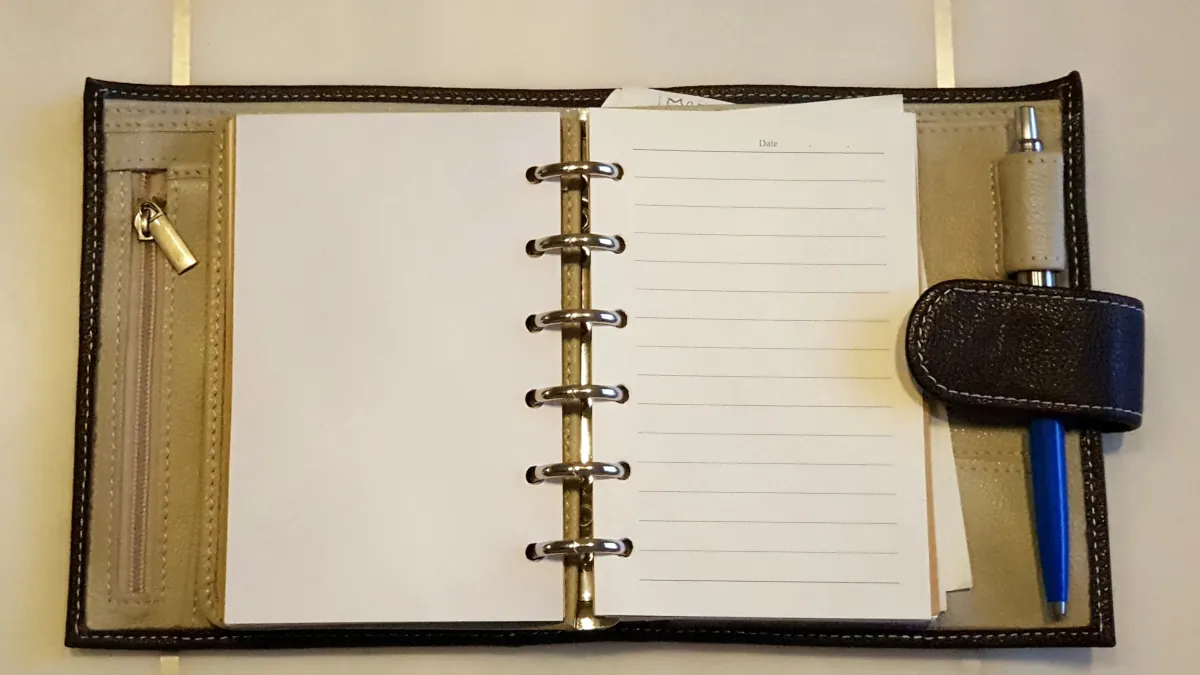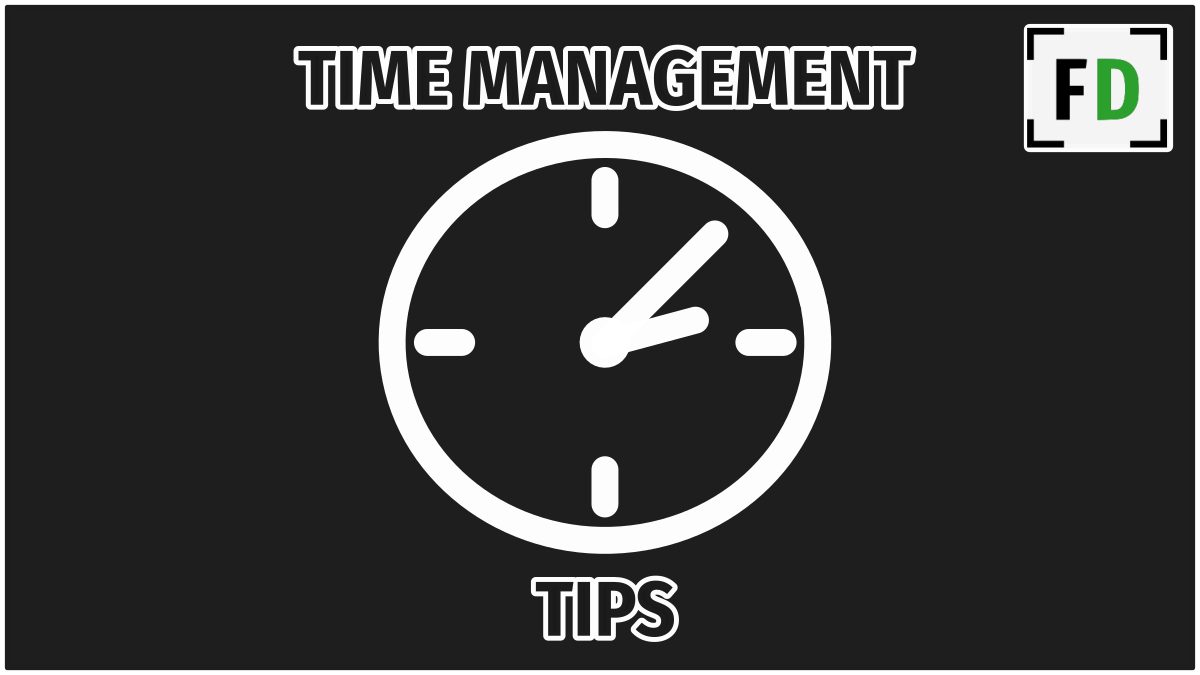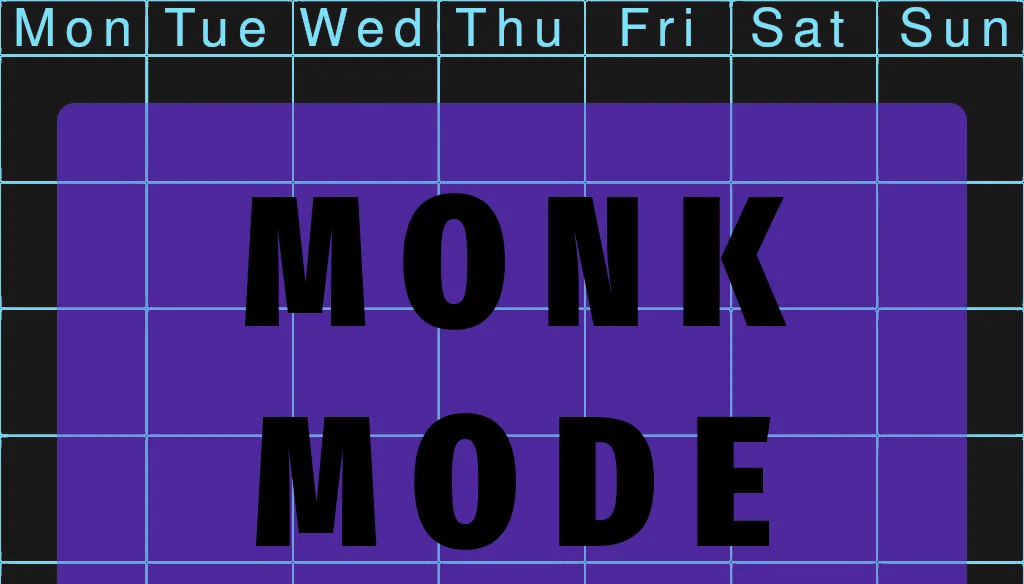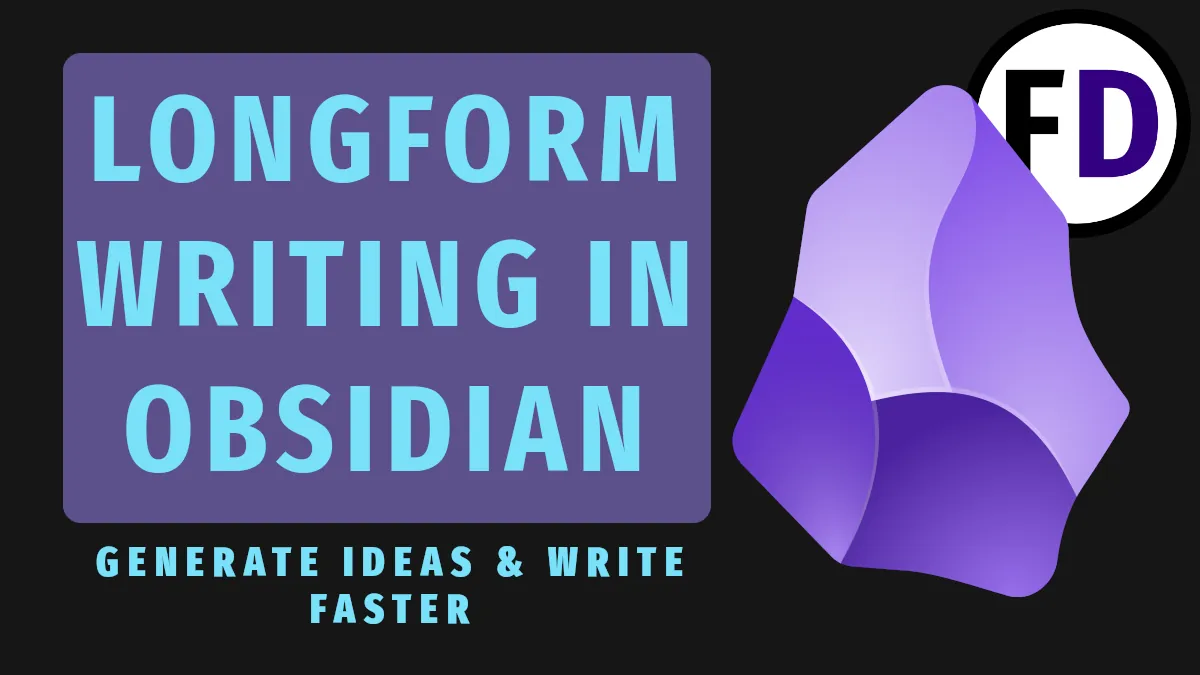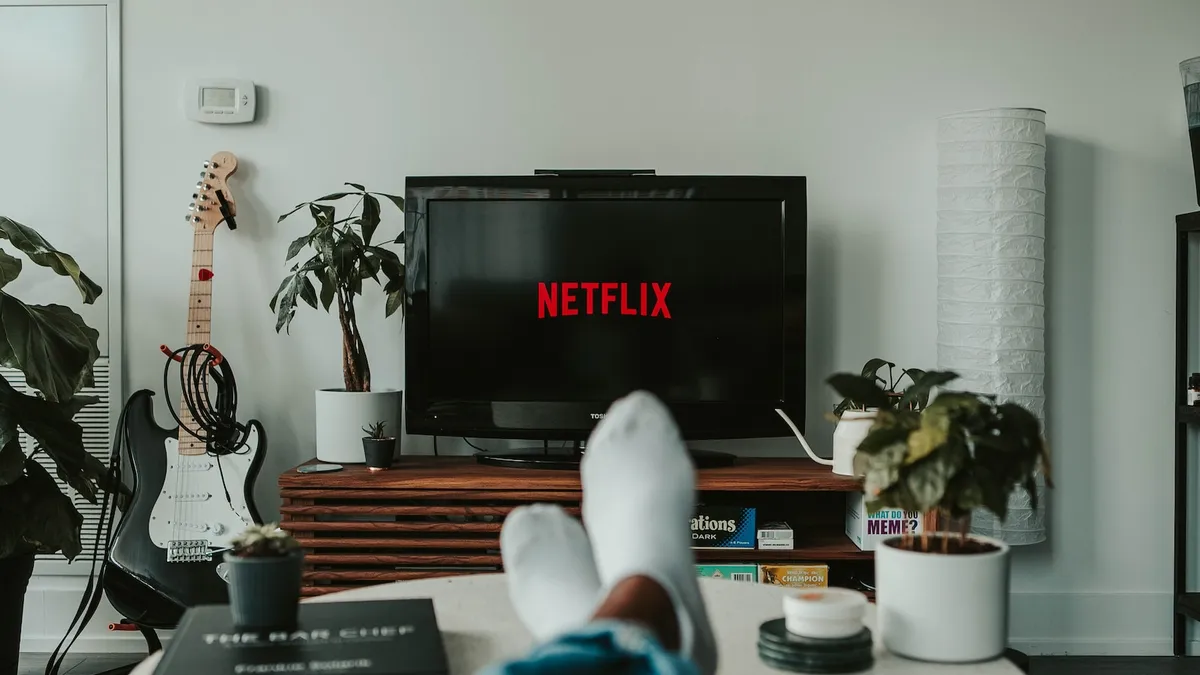Do you feel like you’re never really in control of your life? Do you long to be on top of all your commitments and responsibilities? You need a planner. How will a tiny notebook help turn your life around? Here are eight reasons you’ll be more organized, more focused, and more successful carrying around an A6 planner.
Here at Face Dragons, we focus on facing hard challenges head-on, but we can’t do it unarmed. We need weapons, a shield, and armor. An A6 life planner is a must-have for your arsenal.
My Planner Goes Everywhere with Me
My grandfather always carried a tiny notebook in his shirt pocket and a Parker pen. Occasionally I would see him take out his day planner and write something down. As a child, it intrigued me, and the planner grew to be a sign of maturity, wisdom, and even of what it meant to be a man.
So as an adult, I’ve always carried around a small notebook and a Parker pen; at first, it was a way of emulating my granddad, but I soon realized how useful it is.
I’ve settled on my handmade binder-style A6 planner with a leather cover, but over the years, I’ve used all sorts of planners, from cheap notebooks to leather journals and yearly planners.
As a digital nomad, it has traveled around the world with me. It doesn’t fit into my shirt pocket but has its own pocket in my bag.
Why You Need an A6 Planner
Don’t get me wrong, I love using software to solve my problems, I love syncing my apps to my devices and my home server, and everything being accessible on my phone. But I spend most of my working day in front of one screen or another. I don’t believe in using analog tools just for the sake of it either – a physical planner will do more for you than a planner app and won’t fuel toxic productivity (much.)
Here’s why.
1. It’s the Perfect Size Planner
A6 Page size: 4.1 x 5.8 inches, 105 x 148.5 mm
The problem most people have with the bullet journal is its size. It’s OK if you carry a bag with you all day, but you have a dilemma when you want to leave the bag behind. “Do I leave the journal behind? Or carry it all day?”
An A6 planner fits in your pocket.
Its size has another benefit, too; it forces you to be concise.
While a beautiful bullet journal is a piece of art with calligraphy, themes, and other decorative elements, creating that art distracts from what you need to get done. Who has time to draw leaves on every page of their personal planner just to give it a “nature” theme?
No, the A6 planner is a much more straightforward tool, you can write your tasks for the day on a single page, but you won’t fit much else there. It’s a personal organizer, not a journal. You can make a note of an important statistic or someone’s contact detail, but it’s not a place to be verbose.
2. Refills and A6 Inserts
The huge benefit of a ring-binder is that you can add planner pages when you run out of space rather than replacing the entire planner. Replacing an old planner means losing everything in it (or rewriting it in your new planner – a waste of time.)
Loose leaf blank pages and lined pages will make up the bulk of your planner, but inserts can turn your basic planner into something unique and customized for your exact needs.
Buy undated planner paper inserts so they never go out of date, like these.
- Calendar pages
- Daily planner
- Weekly planner
- Monthly planner
- Diary Pages
- Tracker Pages
- Cardstock separators
- Credit cardholders
- Stickers (strictly for organizing and creating tabs, haha)
3. A Planner Is Real (not digital)
I maintain a digital personal knowledge management system and a GTD system with all my tasks on my phone, synced to all my machines. Digital makes sense for those tools. But I still understand that there is a place for analog tools too. When I sit around the breakfast table with my family and plan my day with a cup of coffee, my spiral-bound planner keeps me out of my phone.
How many hours a day are you looking at a screen? Want to add more?
This review of the scientific literature concerning screen time and its effect on our mental and physical health paints a damning picture that we should all take note of.
- Reduced sleep quality and quantity
- Negative effects on the cardiovascular system
- Increased obesity
- Higher levels of cholesterol
- Increased blood pressure
- Increased stress and negative emotions, including depression
- Impaired vision
- Musculoskeletal pain and discomfort
- ADHD and addiction
“Numerous investigations so far have concluded that any form of addiction to the internet causes structural changes in the brain, specifically in its frontal lobe. The ability to filter out irrelevant information and a reduced capacity for coping with demanding and complex tasks are related to such structural alterations.”
Your pocket planner can become an oasis from the bright light of the internet. A place where you can write with a pen, flip pages, check your calendar at-a-glance, and revisit old notes from days gone by.
4. Five Minutes Planning to Focus Your Day, Every Day
As a management consultant, I found that most of my clients knew what they wanted to achieve, but they struggled to turn their goals into reality because they couldn’t control their day-to-day tasks and projects. A planner with a daily to-do list is the answer.
Don’t drift through your day!
After you complete your first job or project of the day, it’s easy to get up, wander around, make another coffee, then sit back down and wonder what to do next. After checking socials and email, you realize you’ve just wasted an hour. Sound familiar?
Use your planner to supercharge your focus; here’s how:
Each morning give yourself a short list of tasks you will do that day, then number them. That’s the order you will complete them.
If you don’t have a list of tasks somewhere, you won’t get everything done that you need to, and things will fall through the cracks; the human mind just isn’t great at remembering. If you keep a running list of your tasks or if you categorize your to-dos by context as GTD does, the problem is no longer not knowing what to do; it’s choosing which task to do.
Have you ever looked at a list of 20 tasks and just thought, “I don’t want to do any of this.” That’s the brain getting overwhelmed by a list of jobs it knows it can’t finish. Give it a list of three tasks, and it will feel great ” Is that all I have to do today?”
It tells your brain there isn’t much to do, and you don’t need to spend resources deciding which task to do next.
5. Plan Your Year, Plan Your Life
Where is your plan for this year? If the answer is you don’t have one, get yourself a notepad, an organizer, or a Filofax now!
Without an aim for the year, you’ll still make some progress in some areas of your life, but they may not be the areas that matter most to you.
Keeping a plan for your year in your planner forces you to do a progress check every time you flip passed it.
If your aim is to move to Italy this year, every time you open your planner, it will ask you, “Have you looked at jobs in Italy yet?” “When will you ship your belongings?” “It’s time to apply for your visa.”
Without a plan for the year, it’s too easy to get to Christmas and tell yourself, I can do Italy next year.
6. Keep Important Notes with You
Your planner is not a PKM, it’s designed for planning the things you want to do, not for storing information, but it’s so convenient that it’s perfect for keeping hold of some critical info.
- An address you know you’ll need later
- A phone number you must call later
- A figure you want to bring up in a meeting
- The size of that piece of furniture you just ordered
Sure, you could write these down on your phone, but you were likely using your phone when you got the information, and switching apps during a phone call to make notes isn’t a great experience. You know you’ll have your planner with you, so why not write it down there?
7. Keep Track of Your Goals & See Them Everyday
Albert Einstein, Bruce Lee, and Tony Robbins all talk about the importance of goals and goal setting.
The first page of my planner is my goals. I make a new one each year and add it to the front of the first section. That way, I see them every day.
Many people, including Grant Cordone, swear by writing down their goals every day. Putting them in the forefront of your mind each day makes you more likely to do something about them and ultimately achieve them.
Before you plan your week, or your day, flipping past those goals will remind you of what’s important and what’s not. So when you add a new job to your list for the day, you’re getting things done to help you achieve the life you want.
8. Store More in Your A6 Planner
I haven’t carried a wallet for many years; I keep a couple of cards in my phone case, but with my planner, I have space for anything else I might want.
Here are some of the things in my planner
- Pens
- Cash
- SD Card
So Which Planner Should You Buy?
- This is a great budget-friendly option for your first A6 planner.
- If you want to spend a bit more, Filofax makes some of the best planners and organizers in the world.
Meet Gregory, a writer and the brains behind Face Dragons. He's the go-to guy for getting things done.
Gregory's been living the digital nomad life in Asia for as long as anyone can remember, helping clients smash their goals. He writes on topics like software, personal knowledge management (PKM), and personal development. When he's not writing, you'll catch him at the local MMA gym, nose buried in a book, or just chilling with the family.

